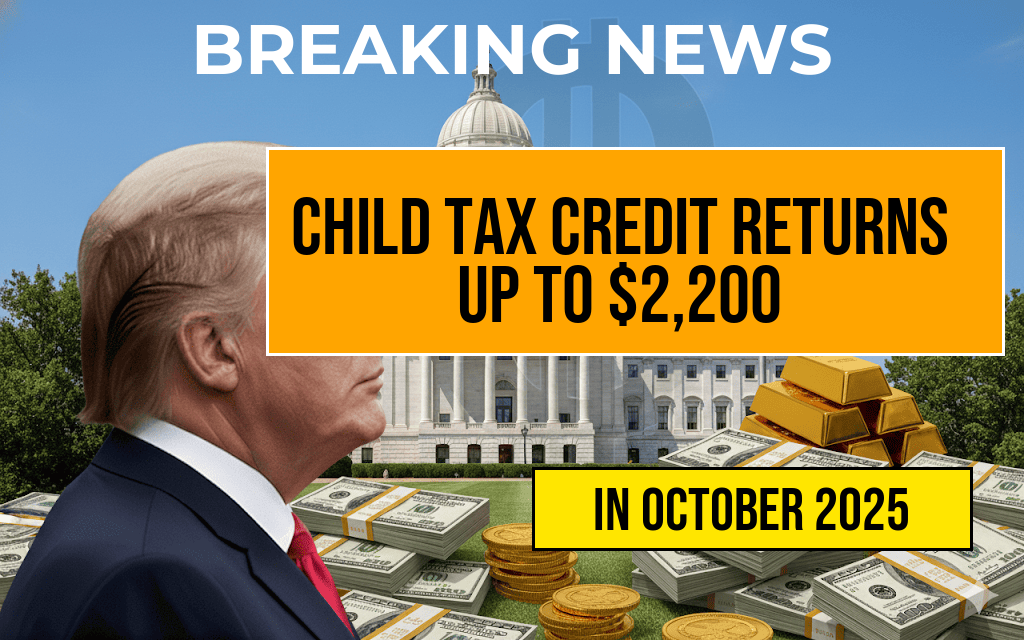California and New York are on the cusp of reaching a significant milestone in their efforts to increase wages for low-income workers, with both states preparing to hit a $16.50 hourly minimum wage. This development reflects ongoing efforts by state policymakers to address income inequality and improve living standards amid rising living costs. The anticipated wage increase is part of broader phased-in plans enacted through recent legislation and labor agreements, designed to gradually elevate the baseline earnings for millions of workers across diverse sectors. As these states approach the $16.50 mark, employers and employees alike are preparing for shifts in wage structures, with potential ripple effects on local economies, consumer spending, and the competitive landscape for businesses. The move underscores a broader national conversation about fair wages and economic resilience in the face of inflationary pressures.
Legislative Framework Driving the Wage Increase
California’s minimum wage has been steadily climbing since 2016, driven by legislation aimed at reaching a $15.50 minimum by 2023 for large employers, with smaller businesses slated for a gradual increase to that level over subsequent years. The state’s current trajectory indicates that by mid-2024, many workers will see their hourly wages surpass $16.50, especially in urban centers such as Los Angeles, San Francisco, and San Diego. The California Department of Industrial Relations outlines a phased schedule, which is designed to cushion employers from sudden financial shocks while progressing toward equitable pay.
Similarly, New York’s wage policy has evolved through a combination of state laws and local ordinances, including measures passed in New York City and surrounding counties. The state’s minimum wage has been on a steady ascent since the initial $9.00 baseline in 2013, with a plan to reach $15.00 by 2022, followed by incremental increases thereafter. As of early 2024, many regions are expected to surpass the $16.50 threshold, with New York City’s current minimum wage standing at $15.75 and scheduled for further increases in the coming months.
Projected Timeline and Regional Variations
| State | Current Minimum Wage (2024) | Projected to Reach $16.50 | Estimated Date |
|---|---|---|---|
| California | $15.50 (for large employers) | Mid-2024 | Q2 2024 |
| New York | $15.75 (NYC) | Late 2024 | Q4 2024 |
Regional differences are notable; urban centers with higher living costs tend to implement wage increases more rapidly than rural areas. For example, California’s coastal cities are already experiencing wages well above the statewide minimum, while some inland regions are still in transition. Likewise, New York’s upstate regions are gradually aligning with the city’s wage standards, though they may reach the $16.50 mark slightly later due to differing economic conditions.
Impact on Employers and Workers
Business Responses and Adjustments
Many employers in both states are recalibrating their operational strategies to accommodate the rising minimum wages. Small businesses, particularly in hospitality, retail, and service industries, face increased labor costs that could influence staffing decisions, pricing strategies, and profit margins. Some have expressed concerns about potential layoffs or reduced hours, while others are exploring automation or efficiency improvements to offset expenses.
Large corporations and public institutions often have more resources to adapt, but the cumulative effect of wage hikes can still influence hiring practices and workforce planning. The California Chamber of Commerce and similar organizations in New York are closely monitoring legislative changes, advocating for phased implementation, and considering policies to mitigate adverse economic impacts.
Worker Benefits and Economic Outlook
For workers, the gradual approach to reaching $16.50 per hour represents a tangible improvement in income levels, especially for those in low-wage sectors. Increased earnings can boost purchasing power, reduce reliance on social safety net programs, and contribute to economic stability for vulnerable populations. Labor advocates emphasize that fair wages are essential for reducing income disparity and fostering economic mobility.
However, some economists caution that rapid increases in minimum wages could have unintended consequences, such as inflationary pressures or employment reductions in certain sectors. Nonetheless, data from previous wage hikes suggest that moderate increases often lead to improved worker retention and productivity, without significant job losses.
Broader Implications and Future Outlook
The move toward $16.50 an hour in California and New York underscores a broader trend across the United States, where states and municipalities are reevaluating minimum wage policies amid economic recovery and inflation. Policymakers are balancing the goal of fair compensation with economic stability, often opting for phased increases to allow markets to adjust gradually.
As these states approach and surpass the $16.50 threshold, attention will likely turn toward long-term strategies for sustainable wage growth, potential adjustments to tax policies, and measures to support small businesses during transitional periods. The evolving landscape highlights the importance of coordinated efforts among government agencies, business communities, and labor organizations to ensure that wage policies serve both economic and social objectives.
For additional context on minimum wage policies and economic impacts, visit Wikipedia’s Minimum Wage article or consult recent analyses from Forbes.
Frequently Asked Questions
What is the new minimum wage milestone being targeted in California and New York?
The minimum wage in California and New York is approaching a milestone of $16.50 per hour, marking significant progress in their wage standards.
When are California and New York expected to reach the $16.50 hourly wage?
While the exact dates may vary, both states are preparing to reach the $16.50 per hour minimum wage milestone in the near future, with ongoing policy adjustments and economic factors influencing the timeline.
Why are California and New York increasing their minimum wages?
The increases are part of efforts to improve living standards, reduce income inequality, and support workers in these high-cost states by ensuring fair compensation.
How might reaching the $16.50 minimum wage impact employers and workers?
Reaching this wage milestone could lead to higher employee earnings, but may also pose challenges for businesses through increased labor costs. Many anticipate balanced economic growth and improved worker satisfaction.
Are there any future plans to further increase the minimum wages in California and New York?
Yes, both states have ongoing discussions and policies aimed at gradually increasing the minimum wage beyond $16.50, with the goal of reaching even higher living wage standards in the coming years.









